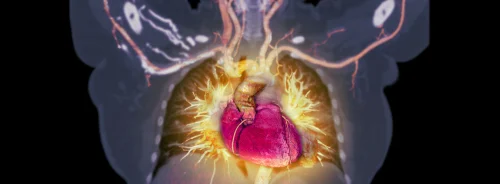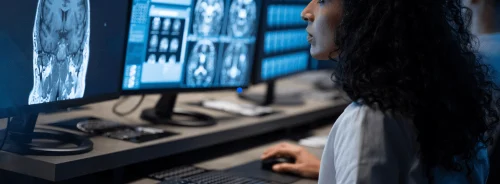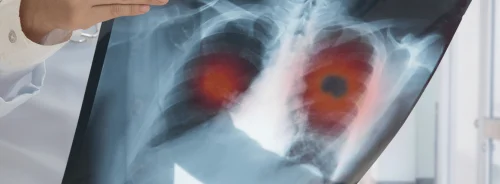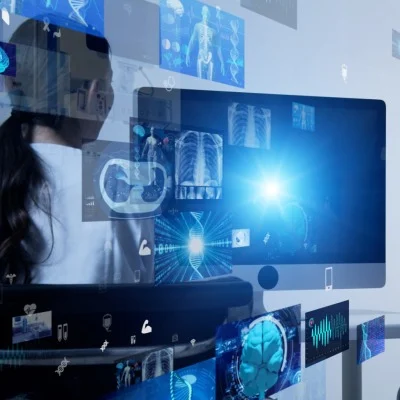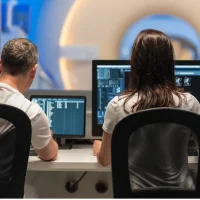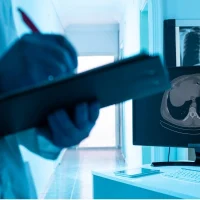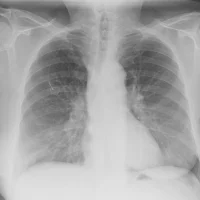While COVID-19 has resulted in decreases in absolute imaging volumes, imaging utilisation on a per-patient basis has not been reported. A surprising new study published in Clinical Imaging shows that clinicians are more likely to request imaging for non-respiratory patients during the COVID-19 pandemic.
Researchers compared per-patient imaging utilisation, characterised by imaging studies and work relative value units (wRVUs), in an emergency department (ED) during a 30-day COVID-19 surge to the same period in 2019.
Massachusetts researchers studied found that during 30-days of a COVID-19 surge, patients from a large, urban academic medical centre, who presented to the emergency department without respiratory complaints generated 24% more wRVUs/patient and 33% more studies/patient, compared to 2019.
You might also like: Workforce shortages are an issue faced by many hospital leaders. Implementing four basic child care policies in your institution, could be a game-changer when it comes to retaining workers - especially women, according to a recent article published in Harvard Business Review (HBR).Learn more
This single-institution retrospective study included patients presenting to the ED from April 1–May 1, 2020, a period considered to be the height of the COVID-19 pandemic in Massachusetts and compared them to patients presenting during the same period in 2019. Patients were stratified into three primary subgroups: all patients (n = 9580, n = 5686), patients presenting with respiratory complaints (n = 1373, n = 2193), and patients presenting without respiratory complaints (n = 8207, n = 3493). The primary outcome was imaging studies/patient and wRVU/patient. Secondary analysis was by disposition and COVID status.
There was a 170% relative increase in patients presenting to the ED with respiratory complaints, but this subgroup averaged only 53% wRVU/patient vs. non-respiratory patients.
In 2020, patients without respiratory complaints generated 24% more wRVU/patient (p < .0001) and 33% more studies/patient (p < .0001), highlighted by 38% more CTs/patient.
Investigators note that this study is the first to report increased per-patient imaging utilisation during COVID-19, characterised by significantly increased studies and wRVUs.
They also identified a significantly increased proportion of patients receiving imaging as well as increased admitted patients, suggesting that less-acute patients are avoiding care.
Authors of the study conclude that as the effects of COVID-19 on radiology practices continue to evolve, knowledge of individualised utilisation growth metrics may help departments understand and plan for imaging trends.
Source: Clinical Imaging
Photo: iStock

